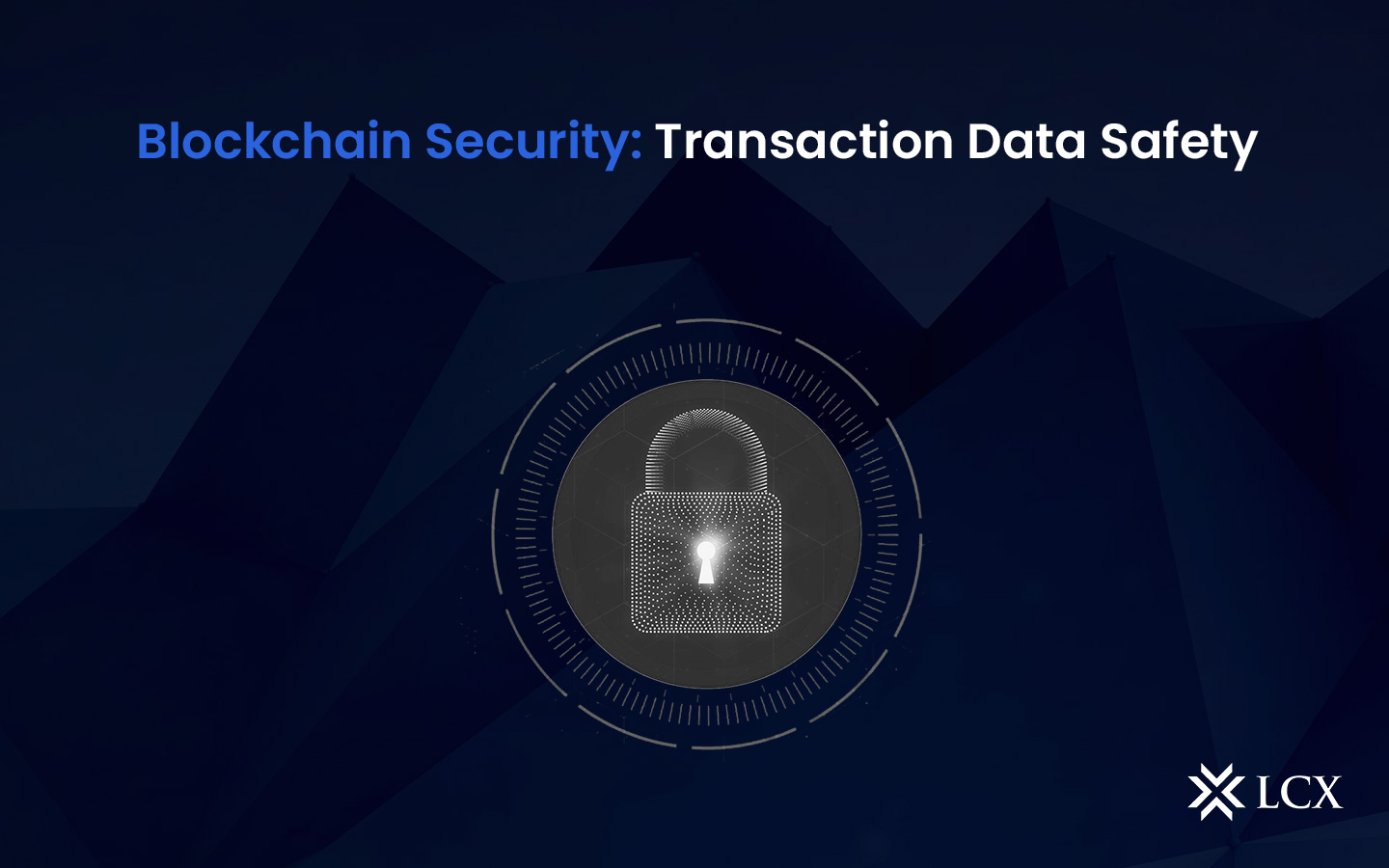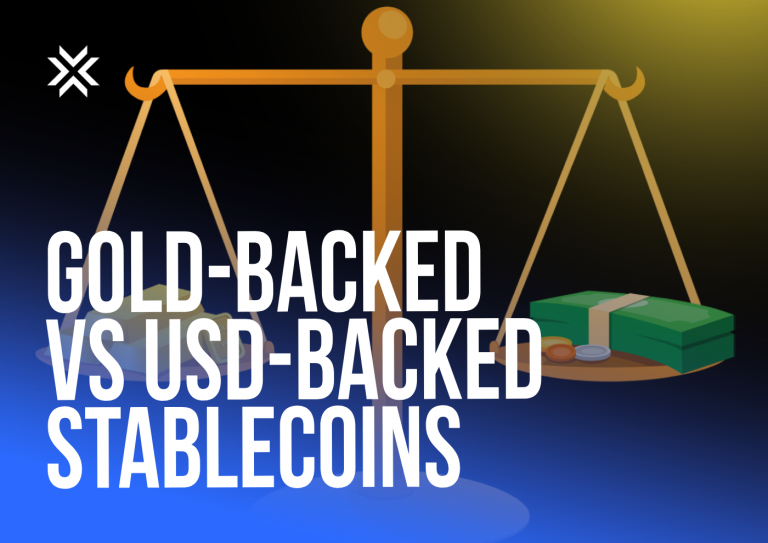Advocates of blockchain, a distributed ledger technology, regard it as a highly effective method for ensuring the security of transactions. Blockchain technology has revolutionized the world of finance and data management, offering a secure and transparent way to record and verify transactions. Its inherent security features have made it the backbone of cryptocurrencies like Bitcoin and Ethereum, and it has found applications in various industries beyond just digital currencies.
Security by the Blocks
As its name suggests, a blockchain is a series of digital blocks containing transaction records. Every individual block is linked to every block preceding and succeeding it. In order to circumvent detection and modify a specific record, an unauthorized individual would be compelled to alter both the block containing the record in question and the blocks that are attached to it. Despite the fact that this may not appear to be a significant deterrent, blockchain technology possesses additional qualities that offer additional security.
The records maintained on a blockchain are fortified via cryptographic means. Each participant in the network possesses a unique private key that is associated with the transaction they execute and functions as an individual digital signature. The signature will become invalid if a record is modified, and the peer network will be immediately notified that an error has occurred. Notification in a timely manner is critical for averting additional harm.
Regrettably, those with malicious intent will discover that blockchains operate in a decentralized and dispersed fashion, utilizing peer-to-peer networks that are perpetually synchronized and updated. Blockchains are designed to be decentralized, thereby eliminating the risk of a single point of failure and preventing modifications from a single computer. Accessing and simultaneously modifying every instance (or at least a 51 percent majority) of a specific blockchain would necessitate an enormous quantity of computing power. Uncertainty surrounds the matter of whether this implies that lesser blockchain networks may be susceptible to attack. Regardless, as the size of your network increases, so will the resistance of your blockchain to tampering.
All Blockchains Are Not Created Equal
It is critical to keep this in mind when assessing the suitability of the selected technology in terms of fulfilling network security needs. There are currently two primary varieties of blockchain: public and private, each with its own set of variations. There are two significant distinctions between public and private blockchains that may have an impact on the degree of security they offer.
One prominent distinction is that public blockchains employ machines that are linked to the public internet in order to verify transactions and aggregate them into blocks for inclusion in the ledger. Any internet-connected computer is welcome to attend the gathering. In contrast, private blockchains generally restrict membership to established organizations only. They collectively constitute an exclusive, member-only business network.
The location and authorized users of the (potentially sensitive) data that is traversing the network are profoundly affected by this distinction. It is likely clear from this that a public blockchain is not the best option for a business. An additional significant and interconnected distinction is that private blockchains utilize identity to verify membership and access privileges, whereas public blockchains are typically designed with anonymity in mind. As a result, all network participants are aware of the identities of those with whom they interact.
Further distinguishing public blockchains from private ones is the manner in which transactions are validated. In order for a transaction to be appended to a blockchain, consensus among network participants must be reached that it precisely reflects the truth. This is accomplished via consensus, which signifies agreement. Bitcoin is arguably the most widely recognized illustration of a public blockchain, and the consensus is established via a process known as “mining.” ‘Miners’ (computers on the network) attempt to generate proof of work by solving a complex cryptographic challenge during Bitcoin mining. This, however, necessitates an exceptionally high level of computational capacity, particularly for public blockchains operating on a large scale.
On the contrary, a private blockchain is comprised of a permissioned network where consensus is attained via “selective endorsement,” whereby transactions are verified by identified users. The transaction ledger can be maintained exclusively by individuals who possess the requisite access and permissions, which is a benefit for organizations. Although this approach does have a few remaining drawbacks, such as internal threats, the majority of them are surmountable with the implementation of a highly secure infrastructure.
How Blockchain Security Is Maintained
Cryptography
Cryptography forms the foundation of blockchain security. It ensures the confidentiality, integrity, and authenticity of data. Public and private keys are used to encrypt and decrypt data. When you initiate a transaction, your private key is used to sign it, and the recipient’s public key is used to verify the signature. This process guarantees that only the authorized parties can access and modify the data.
Consensus Mechanisms
Blockchain networks rely on consensus mechanisms to validate transactions and add them to the ledger. The two most common mechanisms are Proof of Work (PoW) and Proof of Stake (PoS). These mechanisms ensure that malicious actors cannot manipulate the ledger by requiring participants to invest resources, either in the form of computational power (PoW) or cryptocurrency holdings (PoS). This discourages fraudulent activities, making the network more secure.
Decentralization
Traditional centralized systems are vulnerable because a single point of failure can compromise the entire network. In a decentralized blockchain network, data is distributed across multiple nodes, reducing the risk of a single point of failure. Even if some nodes go offline or become compromised, the network can continue to function.
Immutable Ledger
Once a transaction is added to the blockchain, it becomes part of an immutable ledger. This means that it is practically impossible to alter or delete a transaction. The transparency and permanence of the ledger act as a strong deterrent against fraud and unauthorized alterations.
Distributed Data Storage
The data on a blockchain is stored across multiple nodes, making it challenging for attackers to access, modify, or delete transaction data. In the case of public blockchains, anyone can join the network and store a copy of the ledger, further enhancing data redundancy and security.
Transparency
Transactions on a blockchain are transparent and can be audited by anyone with access to the network. This transparency discourages fraudulent activities and ensures that all participants are held accountable for their actions.
Security Tokens
Some blockchains issue security tokens, which represent real-world assets like stocks, bonds, or real estate. These tokens often come with legal protections, and their ownership is recorded on the blockchain. This adds an extra layer of security to blockchain-based financial instruments.
Challenges in Blockchain Security
While blockchain technology offers robust security mechanisms, it is not entirely immune to threats. Some of the challenges in blockchain security include:
51% Attacks: In Proof of Work blockchains, a malicious actor who controls more than 50% of the network’s computational power can potentially manipulate the ledger. However, this is often difficult and costly to achieve.
Smart Contract Vulnerabilities: Smart contracts, which execute code automatically when predefined conditions are met, can have vulnerabilities that are exploited by attackers. Proper code auditing is essential to mitigating these risks.
Private Key Management: Blockchain users are responsible for securing their private keys. If a private key is lost or compromised, the associated assets can be at risk.
Regulatory Challenges: The regulatory landscape for blockchain and cryptocurrencies is continually evolving. Legal and compliance issues can pose security risks for users and businesses.
Best Practices for Ensuring Blockchain Security
To keep your transaction data safe while using blockchain technology, consider the following best practices:
Secure Your Private Keys: Protect your private keys with the utmost care. Use hardware wallets, secure password management, and two-factor authentication to minimize the risk of unauthorized access.
Verify Smart Contracts: Before interacting with smart contracts, conduct thorough audits and due diligence to identify and mitigate potential vulnerabilities.
Stay Informed: Keep up-to-date with the latest developments in blockchain security and follow best practices recommended by the blockchain community.
Use Multisignature Wallets: For added security, consider using multisignature wallets for your assets, especially if you hold significant value in cryptocurrencies.
Exercise Caution: Be cautious about participating in initial coin offerings (ICOs) and investing in cryptocurrencies. Research projects and their teams, and be aware of potential scams.
Compliance: If you are a business operating in the blockchain space, ensure that you are compliant with relevant regulations and implement appropriate security measures to protect customer data.
Conclusion
Blockchain technology offers a secure and transparent way to record and verify transactions. Its security is ensured through cryptography, consensus mechanisms, decentralization, immutability, transparency, and various other features. While blockchain is not entirely immune to security challenges, following best practices, staying informed, and exercising caution can help users and businesses safeguard their transaction data with this revolutionary technology. As blockchain continues to evolve, so will the security measures that protect it.










